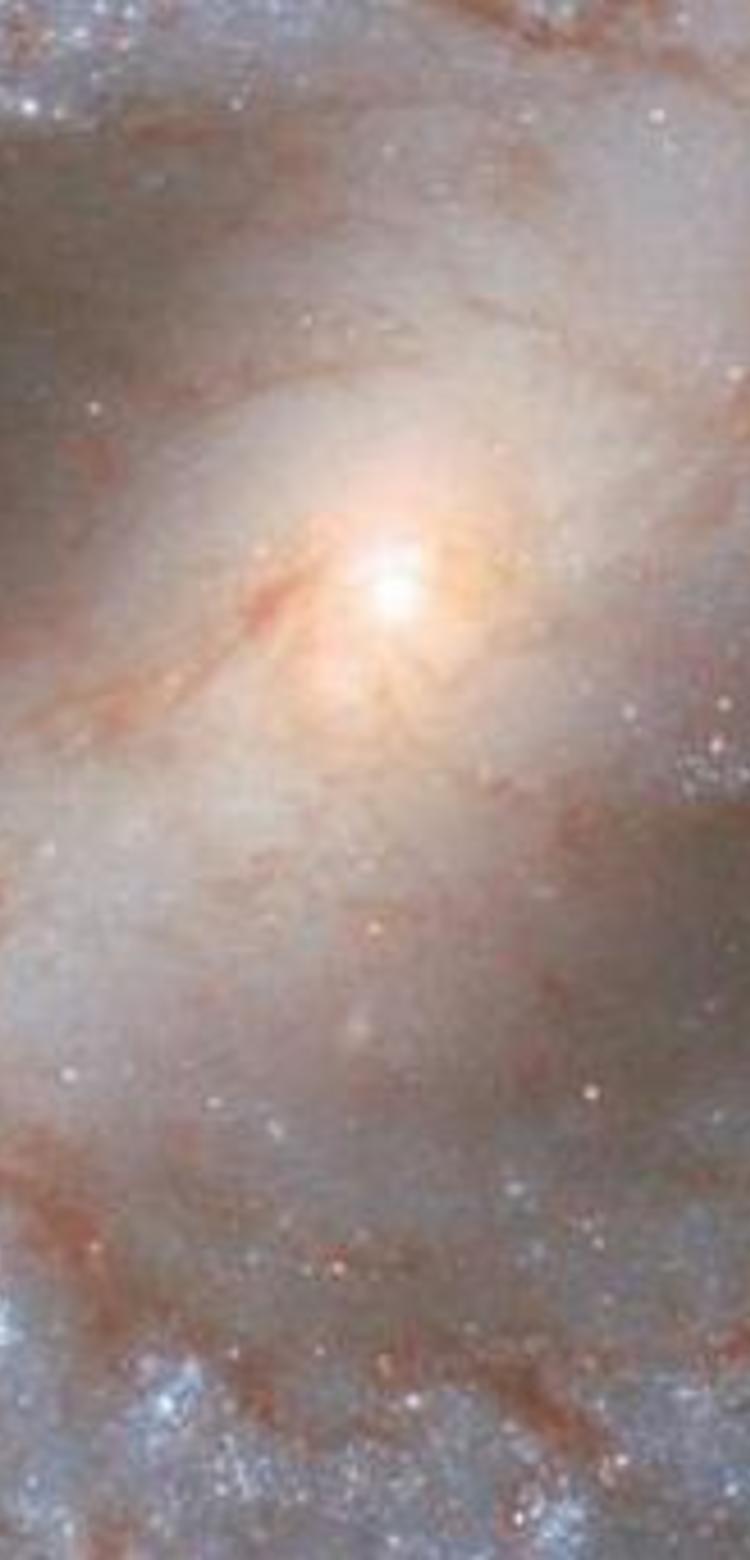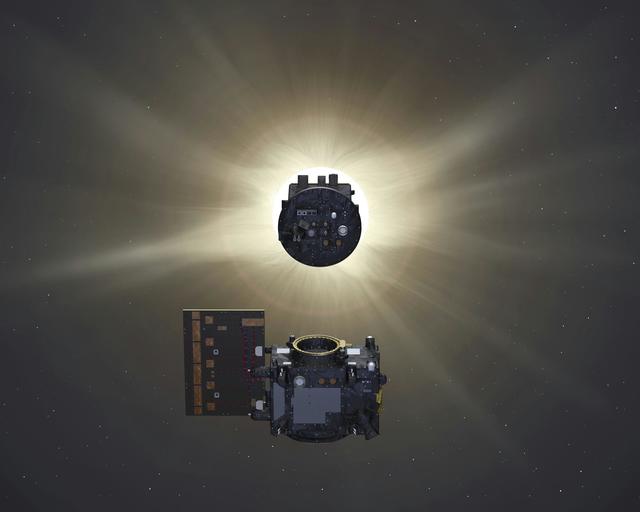Proba-3 Spacecraft

Did you know...
Did you know that Proba-3's high-precision formation flying wouldn't be possible without the intervention of our IEUs (Interface Electronic Units)?


Airbus Crisa's Proba-3 contribution
Proba-3, a mission of the European Space Agency (ESA), involves two satellites working together to study the solar corona, with one satellite (the Occulter spacecraft or OSC) creating artificial eclipses and the other (the Coronagraph spacecraft or CSC) capturing images of the solar corona in visible, ultraviolet, and polarized light. These satellites are located approximately 150 meters apart, allowing for coronal mass eclipses monitoring and total solar irradiance measurement, which are crucial for space weather research and understanding the impact of solar activity on Earth's climate.
The two satellites will work in a highly elliptical orbit around the Earth, changing along the mission their distance to the Sun and their relative positions. To ensure the success of the mission's objectives, it is key to guarantee:
- That both satellites' formation flying is kept with an accuracy in the order of millimeters.
- That the position of the Sun with respect to the satellites is known at all times.
Some of the systems on board the satellite which contribute to accurate flight formation keeping and Sun position determination need our IEUs to perform the following tasks.
- OSC's vision-based sensors (VBS), including the VBS camera, need to accurately locate the other spacecraft using the CSC’s blinking lights (LEDs) with a precision in the order of centimeters.
- Guidance, Navigation and Control (GNC) algorithms will determine the relative position and orientation between the two satellites.
- Coarse and fine sun sensors will acquire data, helping the spacecraft locate the position of the Sun.
- Propulsion elements will then be commanded to ensure that both satellites maintain their required positions.
The IEUs play a vital role in the success of the mission's main objectives, enabling precise control of propulsion elements in both satellites to guarantee formation flying and acquiring coarse and fine sun sensors, which help the spacecraft locate the position of the Sun. IEUs are also in charge of the electrical energy supply to the OSC's vision-based sensors (VBS), including the VBS camera, and the CSC’s blinking lights (LEDs).
To implement the IEUs functionalities, Airbus CRISA proposed the use of its modular Remote Terminal Unit (mRTU) product, which was an early attempt to have a modular and standardized concept for RIU/RTU, as a precursor of the Advanced Data Handling Architecture (ADHA). The modular and flexible concept of the product allowed for the allocation of all the functionalities required by both spacecraft in a reduced set of boards.
Most of the time, the spacecraft will operate in a fully autonomous way, without intervention from the Ground’s control center. Therefore, the correct function of IEUs is essential for the success of the Proba-3 mission. The scientific part of the mission is about to begin. On January 15th, the two spacecraft, previously joined in a single stack, were separated, thanks to the electrical command that activates the clamp band release mechanism, generated by the CSC's IEU.
Image credits: ESA-P. Carril